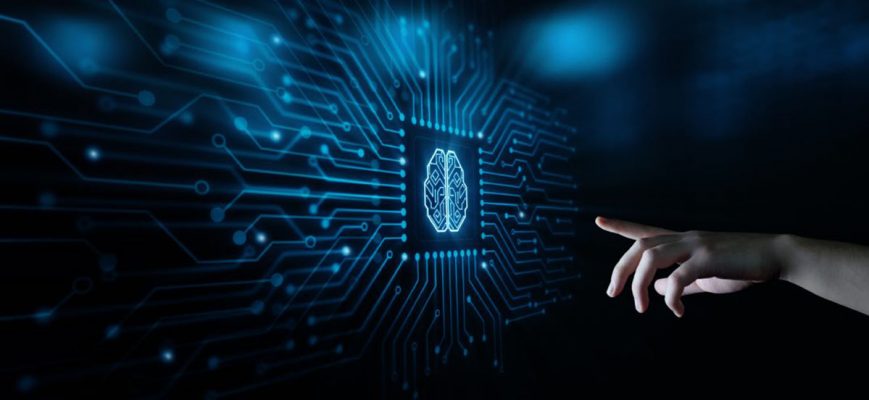We have already emphasised the benefits and savings associated with building a Translation Memory (TM). We build a unique TM for each of our customers — and the TM gets better, and more beneficial, the more documents are translated using it.
Find out more…
But did you know that it is also possible to build a ‘retroactive’ Translation Memory? That is, using documents that have already been translated by someone else. When we start working with a customer who has existing documents translated, either in-house or by a different agency or translator, this process can be invaluable. Existing documents can simply be ‘fed’ into our TM software — both the original and the translation — and segments can be ‘aligned’ alongside their translated versions. Et voila! A ready-made TM has been created.
Most CAT software features program-loading optimisation, which allows us to ‘align’ the two documents (the source and the translation). This allows us to easily partner the correct match for each segment. To do this successfully, the texts should be as close to identical as possible in terms of formatting. In this case, all the translator has to do is go through and ‘populate’ the new TM based on the correspondences between the two texts.
If this process is repeated with various documents, a functional and detailed TM can be build for the new client. Enabling them to take advantage of the savings associated with TM from the beginning of their partnership with QuickSilver Translate.
A unique, client-specific TM, will ensure that any translator who works on a document for them will use the same terminology; even if there are two or more equally valid possible alternatives. TMs are highly customisable, and the more they ‘learn’ about a particular client’s preferences, the more effective they are. In other words, the bigger they get, the better. Building a ‘retroactive’ Translation Memory can give your business a head start!

